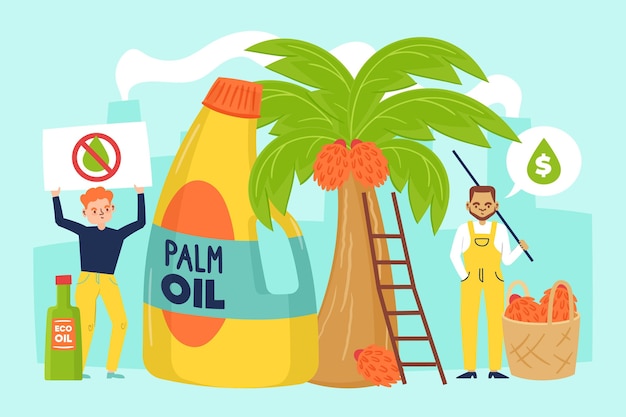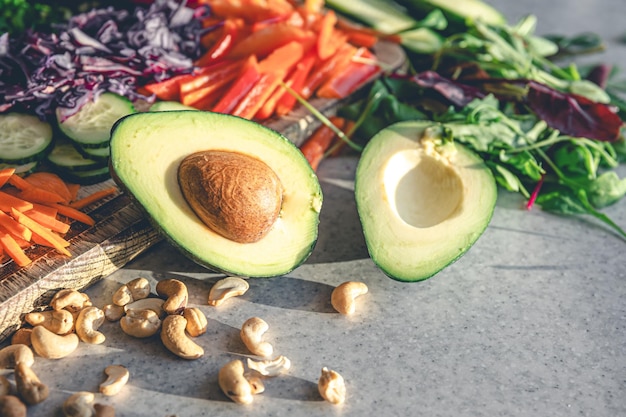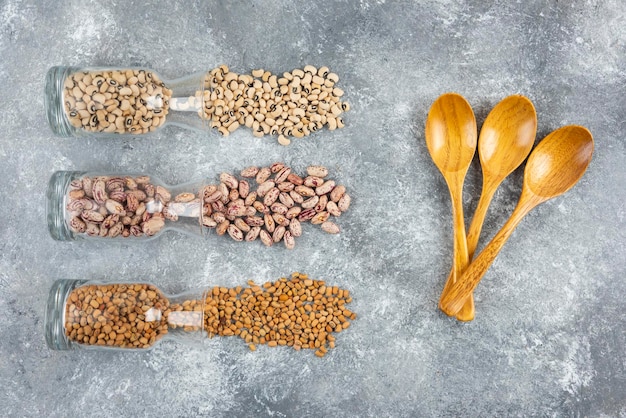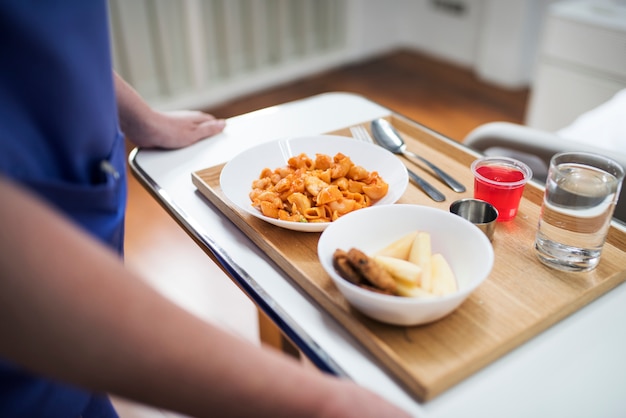25 Smart & Simple Daily Checklists for Managing Hypertension Effectively
Living with hypertension doesn’t mean your life has to be complicated. With the right habits and small, consistent routines, you can manage your blood pressure effectively—without overwhelming your schedule. This guide offers 25 time-efficient, evidence-based checklist tips designed specifically for people with high blood pressure. Each tip is simple, practical, and backed by science to help you stay on track and improve your long-term health.
Why Daily Checklists Work for Hypertension
Hypertension, or high blood pressure, often has no symptoms but increases the risk of heart disease, stroke, and kidney problems. The good news? Lifestyle changes can significantly reduce these risks. Daily checklists help turn healthy behaviors into automatic habits, reducing decision fatigue and increasing consistency.
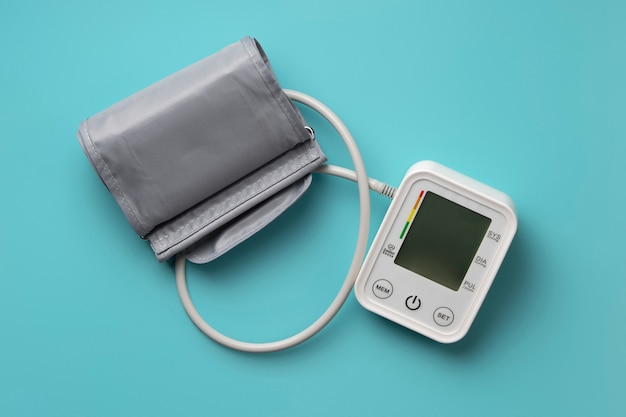
Morning Routine (5 Quick Wins)
- Check your blood pressure – Measure it at the same time daily, ideally before eating or taking medication.
- Take prescribed medications – Keep them by your bed to avoid forgetting.
- Drink a glass of water – Hydration supports circulation and helps regulate blood volume.
- Avoid caffeine for 30 minutes – Caffeine can cause a short-term spike in blood pressure.
- Spend 5 minutes in mindful breathing – Deep breathing reduces stress hormones linked to hypertension.
Daytime Habits (10 Time-Saving Tips)
- Use the DASH diet as a guide – Focus on fruits, vegetables, whole grains, and low-fat dairy.
- Limit sodium to under 1,500 mg/day – Read labels and choose low-sodium alternatives.
- Take a 10-minute walk after meals – Helps lower post-meal blood pressure spikes.
- Swap processed snacks for nuts or fruit – Potassium-rich foods help balance sodium levels.
- Practice the 20-20-20 rule at work – Every 20 minutes, look 20 feet away for 20 seconds to reduce eye strain and stress.
- Stand or stretch every hour – Improves circulation and reduces sedentary risks.
- Use a step counter or fitness tracker – Aim for at least 7,000–10,000 steps daily.
- Limit alcohol to 1 drink per day (women) or 2 (men) – Excess alcohol raises blood pressure.
- Stay cool in hot weather – Heat can stress the cardiovascular system; use fans or AC when needed.
- Carry a water bottle – Staying hydrated supports healthy blood pressure levels.

Evening Wind-Down (6 Calming Practices)
- Review your daily blood pressure log – Track trends and share with your healthcare provider.
- Avoid heavy meals 3 hours before bed – Digestion can raise blood pressure and disrupt sleep.
- Limit screen time 1 hour before sleep – Blue light affects melatonin and sleep quality.
- Practice progressive muscle relaxation – Tense and release each muscle group to reduce physical tension.
- Stick to a consistent bedtime – Regular sleep patterns support cardiovascular health.
- Reflect on 3 positive moments from the day – Positive thinking reduces stress and emotional strain.
Weekly Maintenance (4 Essential Habits)
- Weigh yourself once a week – Sudden weight gain may indicate fluid retention linked to blood pressure issues.
- Plan and prep healthy meals – Reduces reliance on high-sodium convenience foods.
- Do 150 minutes of moderate exercise – Brisk walking, cycling, or swimming—spread across the week.
- Review medications with your pharmacist or provider – Ensure no interactions or side effects are worsening your condition.
Bonus: Quick Stress-Reduction Techniques
Stress is a major contributor to high blood pressure. Incorporate these fast techniques into your day:
- 4-7-8 breathing: Inhale 4 seconds, hold 7, exhale 8.
- Listen to calming music for 5 minutes.
- Write down one worry and let it go on paper.
- Spend time in nature—even a short park walk helps.
Final Thoughts
Managing hypertension doesn’t require drastic changes. Small, consistent actions—like checking your blood pressure, walking daily, reducing salt, and practicing mindfulness—add up to meaningful improvements. Use these 25 checklist tips as a practical roadmap to take control of your health, one simple habit at a time.
Always consult with your healthcare provider before making changes to your treatment plan. These tips are designed to support, not replace, medical advice.







